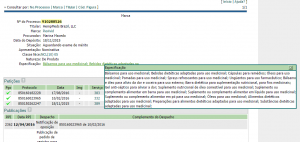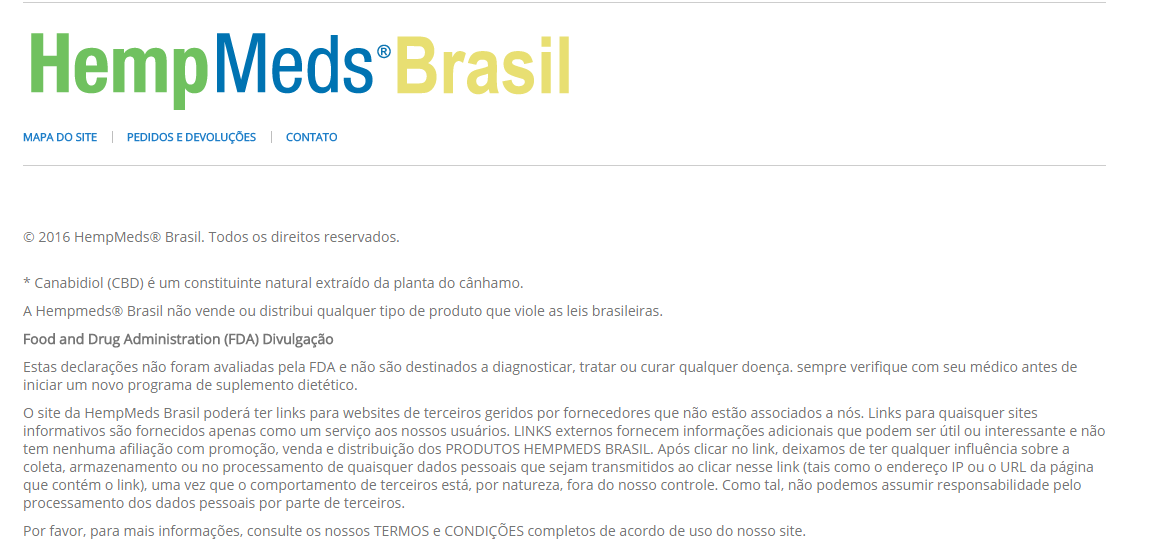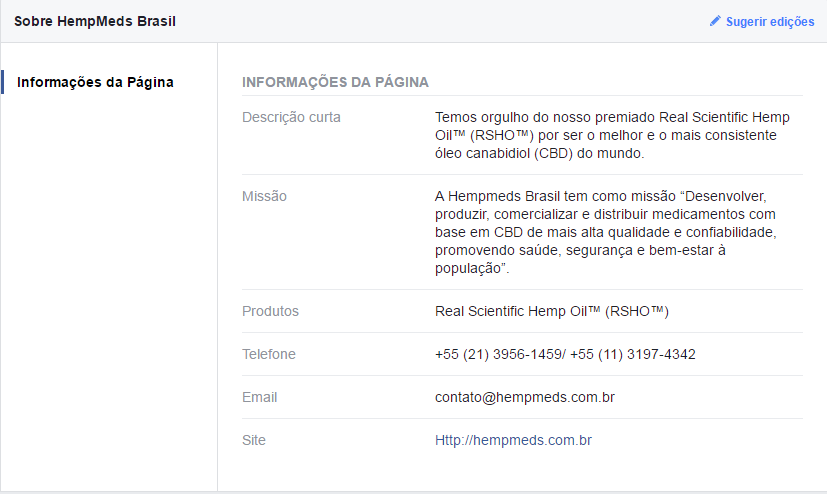Raising a vegan child isn`t always easy. Not because of the food options, but because of people`s misunderstanding of what veganism is. I have been accused of depriving my child from his basic nutrition; loving animals more than my son; putting him at risk of malnutrition and anaemia; and a number of other less dramatic wrong-doing. Most of the time, when people find out about our diet, they fill me with questions and I can`t blame them; there is a lack of information and abundant misconception on the subject. So I try to take all the questions seriously and always answer them as well as I can, but there is so much to say it`s hard to squeeze it all in a few minutes of conversation before people get bored of the subject and start talking about how delicious steak is. So for those who are truly interested – and for my sake – I decided to write about the main questions I normally hear, one post at a time.
Probably the most frequent question I hear is: “What do you eat”?
First of all, I need to clarify something: we do eat. We don`t eat less than other people – if anything we eat more – and we don`t hate food, we`re not fussy (most of us, at least), and we are not just trying to lose weight (again, most of us). Also, veganism doesn`t have a standard menu we`re supposed to follow. It simply means we do not consume any animal products. That`s it. There are infinite ways of being vegan, including healthy and unhealthy ones. So it can be absolutely suitable for babies from weaning – or from birth in the case of formula-fed babies.
Now this is my son`s case:
My son was exclusively breastfed for over five months. Just before he turned six months, he seemed ready to start eating solids, so I gave him pureed butternut squash. He loved it. He also seemed very interested in feeding himself so I did a mix of baby-led weaning and pureed food – sometimes he would only eat if I fed him with a spoon, go figure. I kept breastfeeding on demand but would always try to give him food first so he would depend less and less on the breast.
For the baby-led part of his weaning I gave him pieces of fruit and veggies, such as cucumber, apple, banana, peaches, oranges, cooked potato and carrots, pasta (I recommend penne over spaghetti, way less messy) with tomato sauce and bits of veggies, things like that. Some of the fruit he wouldn`t eat whole, he would eat in a puree, like strawberries, so I blended some fruit together to feed him with a spoon. I also prepared porridge the American way, mixing oats and boiled water. I add pieces of fruit, mashed banana or purees to it for flavour – he loves it.
After a few months he was eating pretty much the same as me. This is how I plan our meals:
I have a whole-food, plant-based diet that`s also starch based. That means I don`t eat any animal products such as meat, dairy or eggs. It also means I cook from scratch, from real food, trying to avoid processed food (especially white flour, white bread, white anything) as much as I can. To be fair, I do buy some baby snacks for those occasions I don`t have time to prepare anything and need to be out with my son during most of the day. Most of our meals, though, are real food. To base your diet on starch means a big part of my meals is starchy food. So for every meal I either have a generous portion of grains (mostly rice and beans, because I`m Brazilian and this is culturally what we add to anything we eat), whole grain pasta or starchy root vegetables, like potatoes. The starchy bit is our main source of calories. Then I add veggies we like, trying to vary as much as possible so we get all the vitamins, minerals and amino-acids we need. My son eats about five times a day: breakfast, morning snack, lunch, afternoon snack and dinner.
These are some examples of typical meals:
1 – For lunch or dinner: Rice (preferably brown), black beans, roasted potato + carrots + parsnips, steamed broccoli and cucumber salad. Fruit for dessert.
2 – For lunch or dinner: Lasagne (whole grain sheets) made with tomato sauce, mushroom, aubergine, onions, leeks, carrots and courgettes. Vegan cake (with whole flour and brown sugar) for dessert.
3 – For lunch or dinner: Rice (preferably brown), potato curry with bell peppers and onions, lettuce and tomato salad. Vegan flapjack for dessert.
4 – For breakfast: oatmeal with fruits.
5 – For snack: fruit, rice cakes, chopped veggies, etc…
I know what you`re thinking: “How about the protein”? Believe it or not, there`s plenty of protein in these meals I just mentioned. All plants have protein and my son and I are doing very well. He is 15 months old now and he is still gaining weight nicely, is very active and energetic, very smart and growing up fast, as any other healthy child. My last blood tests came out great and I don`t take any supplements, neither does my son (Though I keep an eye out for vitamin B12 and D, I`ll write more about it on another post).
If you are interested and want to know more about the subject, I recommend the following books, videos and websites:
Books:
Documentaries:
Videos:
Websites:






